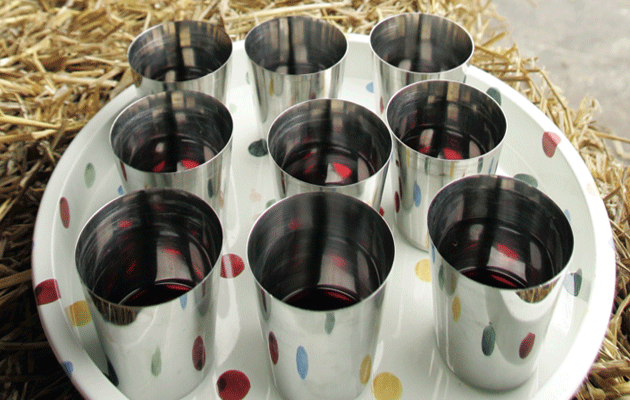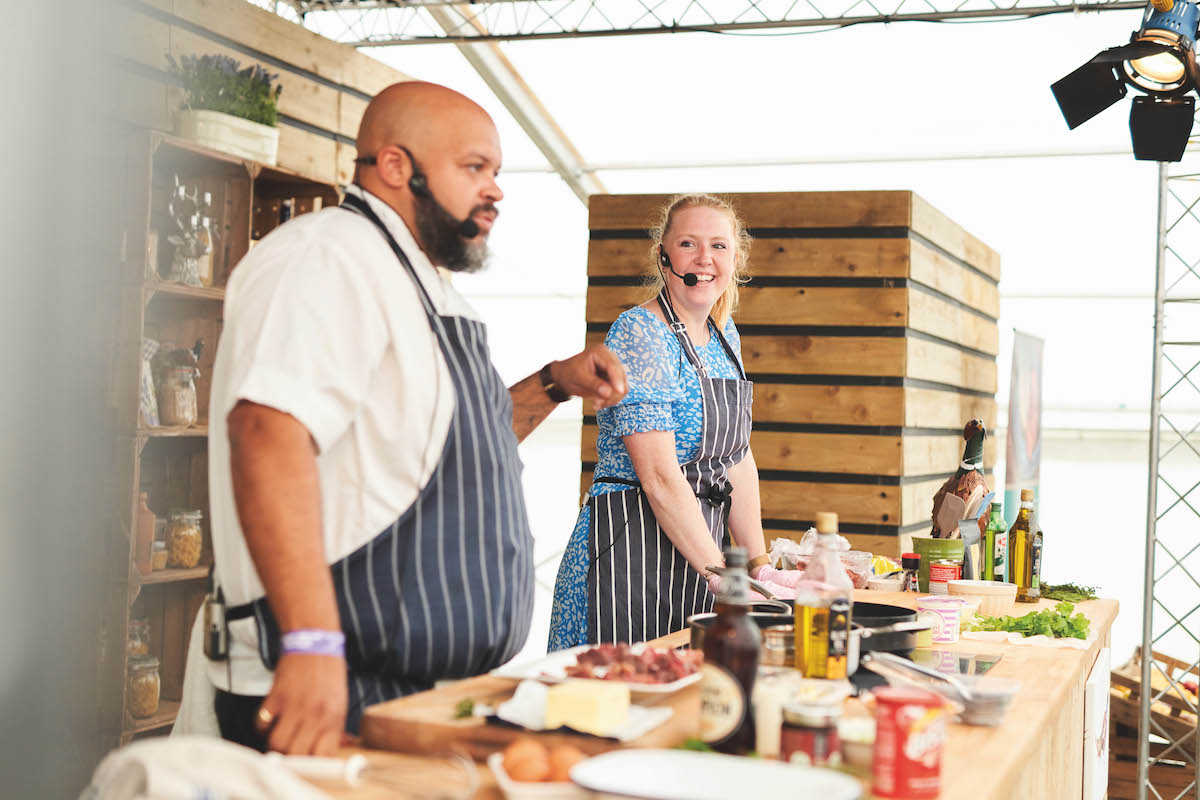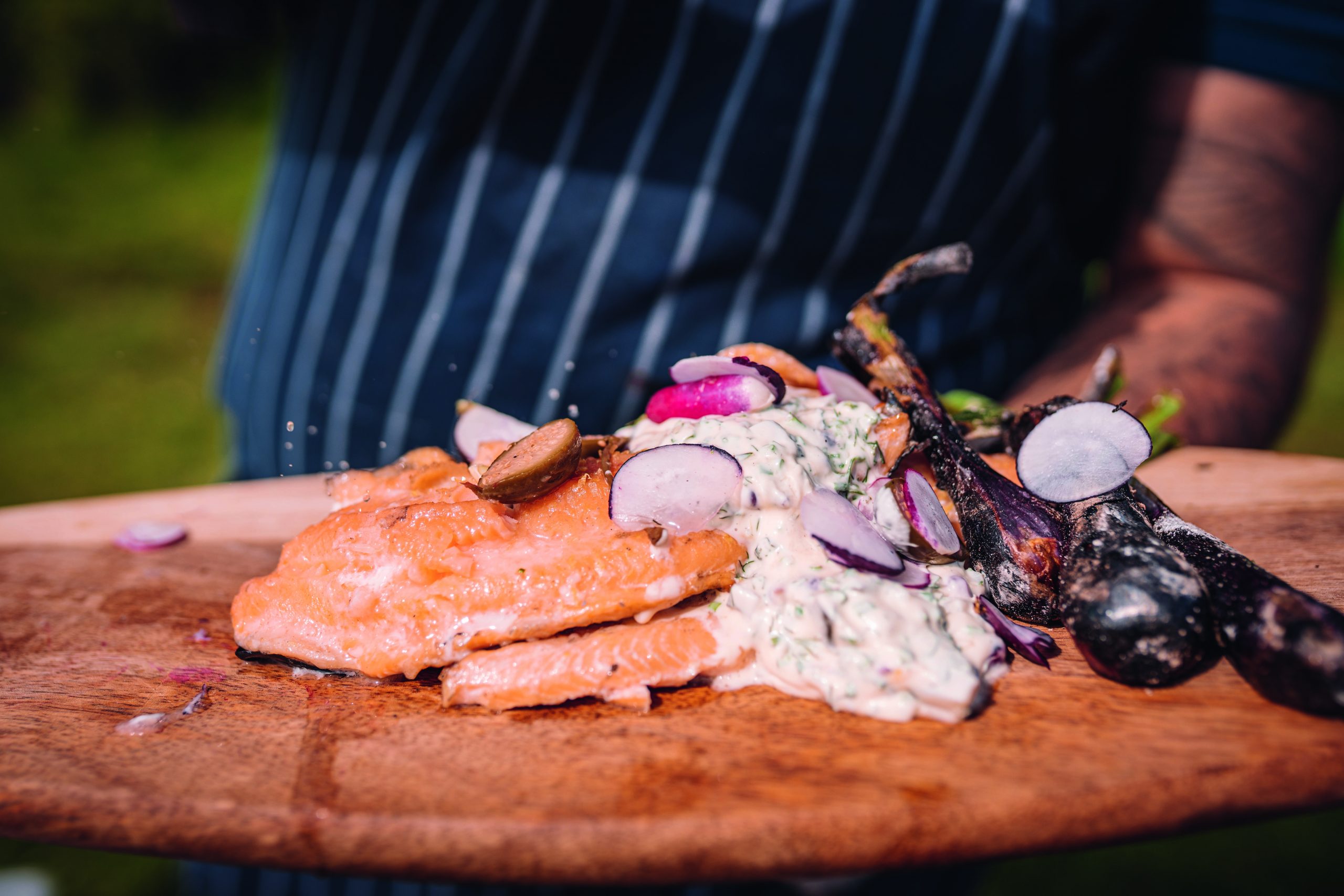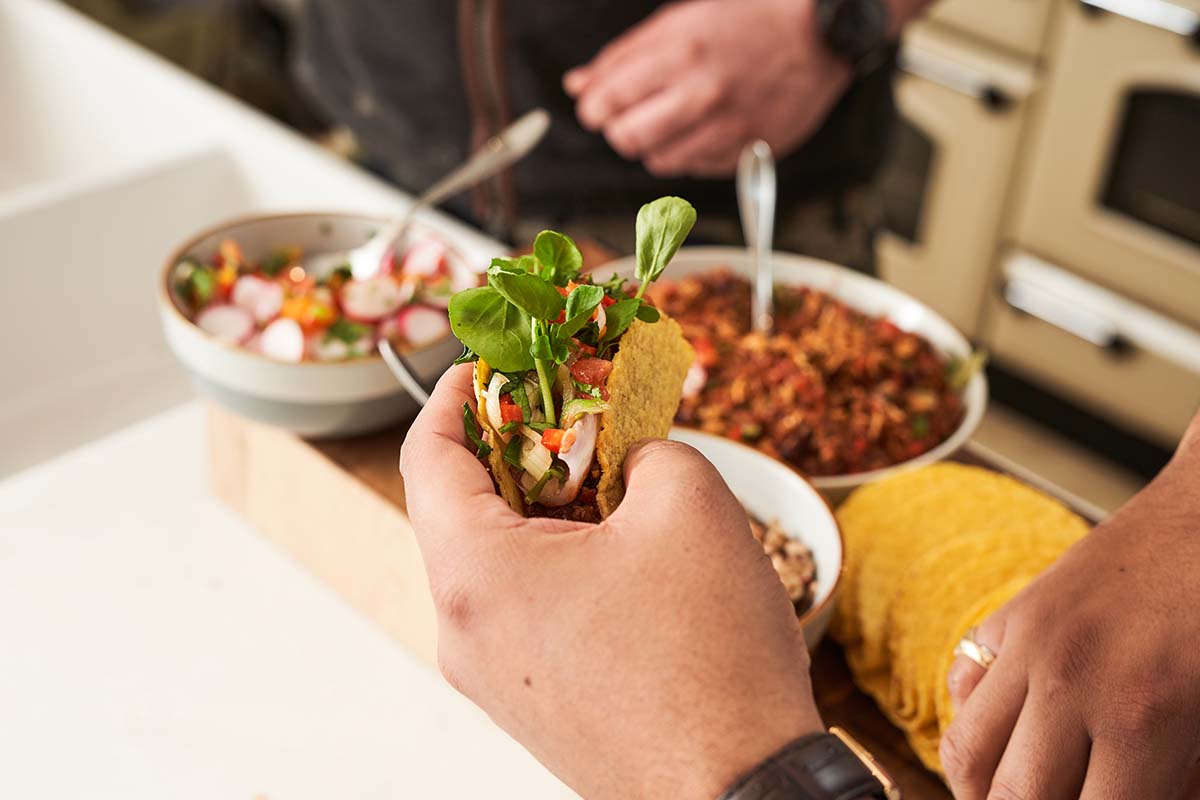Home-made liqueur is always superior
Home-made liqueur, made from your own berries, is invariable superior to commercial liqueurs, says Mike Swan

I see the latest wheeze to make your shoot distinctive is to order some custom printed labels with the sloe gin that you serve at elevenses. This is all very well, but I have yet to run into a commercial liqueur that matches the best of the home-made. For my money, a far better plan would be to perfect your own little snifter made from the hedgerow fruits growing on your own ground.
My first shot of my friends Ian and Clare Smith’s cherry brandy was a real revelation. There is an annual race to get to the best of the little wild morello cherries that grow in their hedgerows before the birds strip the bushes, but the result is the most magnificent sharp and sweet liqueur — the very essence of sour cherries, and far above anything commercially available that I have tried. On our Dorset shoot, we are well blessed with blackthorn thickets; indeed sometimes I think there are too many. However, the plus point is plenty of sloes to make sloe gin, and I like to think that ours is a cut above.
I have played around with many recipes over the years, and now think I have got something pretty good. When I started, the advice was to half fill a bottle with sloes, funnel in an equal weight of sugar, and then fill with gin. The result was good, but perhaps a tad too sweet. Since then I have refined the recipe, and tried, in particular, to reduce the sugar. That said, you cannot afford to go too far.
I think that the sugar in the mix is important in an osmotic capacity, as it helps to draw the juice out. Today, my standard recipe has even been metricated, and I use 1kg of sloes, 1/2kg of sugar and 1 litre of gin. Fortuitously, doubling this quantity just fills a gallon jar of the sort used by home winemakers.
Many of the old recipes suggest that you should prick the fruit with a silver pin to let the juice out. There is also an implication that there is some sort of mystical process as a result of the silver. This pricking is very tedious, and much as I love my shooting guests, they are not worth it. In practice, the juice comes out fine if you wait, and this autumn’s sloe gin will be just ready at the start of next season. On the other hand, you can speed the process up a bit if you want by freezing the fruit first. I guess this breaks up the cell membranes, and the juices then run more freely. I now do this as a routine, but even so, I’d wait till after Christmas before cracking it open.
Sloe crops are variable, with odd years of total failure. With this in mind, I try to make extra in a good year. Indeed, I’m pleased that I did in 2011, as there were none in 2012, and last year I was out of commission at picking time. Fortunately, I still have a jar of the 2011 “vintage” to see us through until this year’s is ready.
An early taste of autumn
I have always wanted to try to get somewhere with blackberries too, but up until now my experiments have been a bit disappointing. The one exception was a small batch made with the rather elusive dewberry (Rubus caesius); this is the early “blackberry” with the very sharp fruit and a heavy bloom like a plum. I guess it is the fact that the fruit is more acid that gave a good result, but they are shy croppers, and picking enough fruit for a serious batch is tedious work.
My complaint about the blackberries is that, while the result was not that bad, there was a bit of a “musty” aftertaste. However, the dewberries got me thinking, because early blackberries often have a similar sharp flavour. So this year I got stuck in to the picking in early August, flavour sampling odd fruits as I went along, and freezing them straight away until I had gathered enough for a serious try. I then mirrored the sloe recipe, using 1kg of fruit and 1/2kg of sugar to each litre of cooking whisky. Being a tad impatient, I decided to try a drop after just a couple of weeks, and “bingo”, it really does already taste like essence of blackberries.
Now, if you want to give this a go, I’m afraid you have missed the boat. By now the devil has already spat (in Sussex) or urinated (in Scotland) on the fruit! “Wives’ tale” you say, and you would be right, but as usual there is a grain of truth. Whether it is just a progression with time, or the fact that some of the best of 400-plus recognised microspecies of bramble fruit earlier than others, I do not know. What is true is that late fruit is rarely as acidic, and it is not as good for jam either.
Is your recipe the best? Enter it in the Field’s Hip Flash Challenge and you could win a prize








